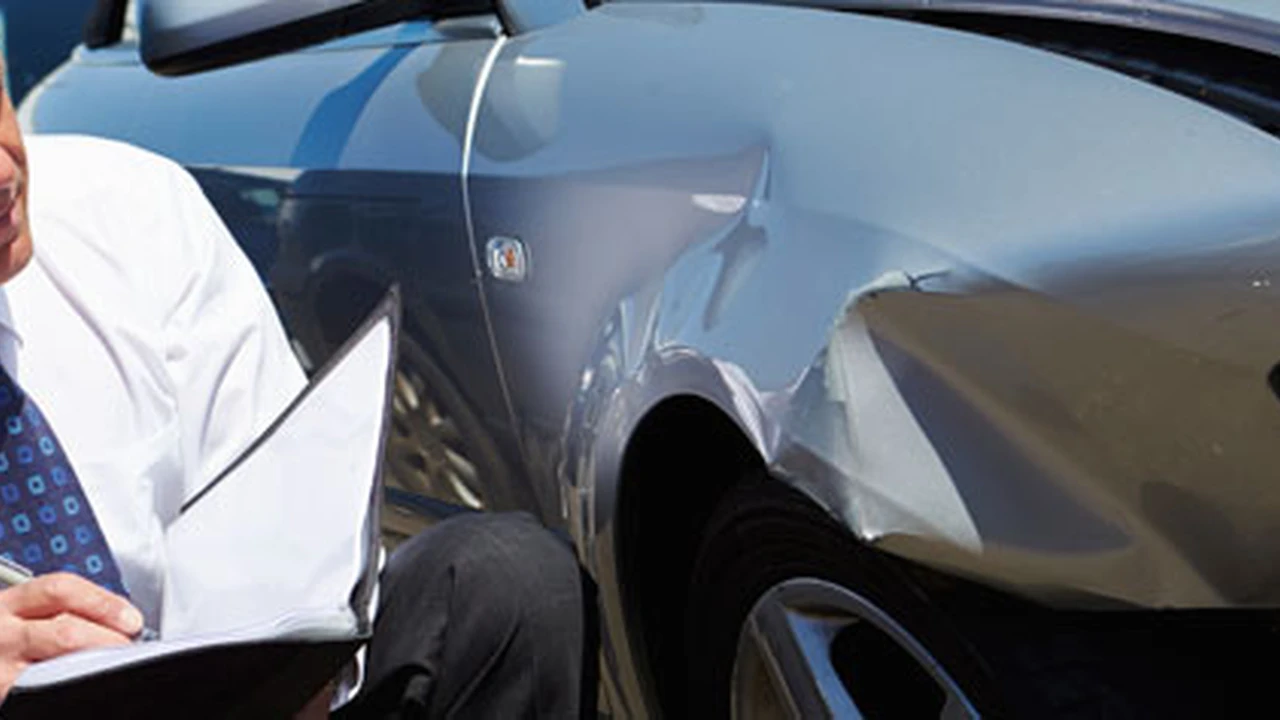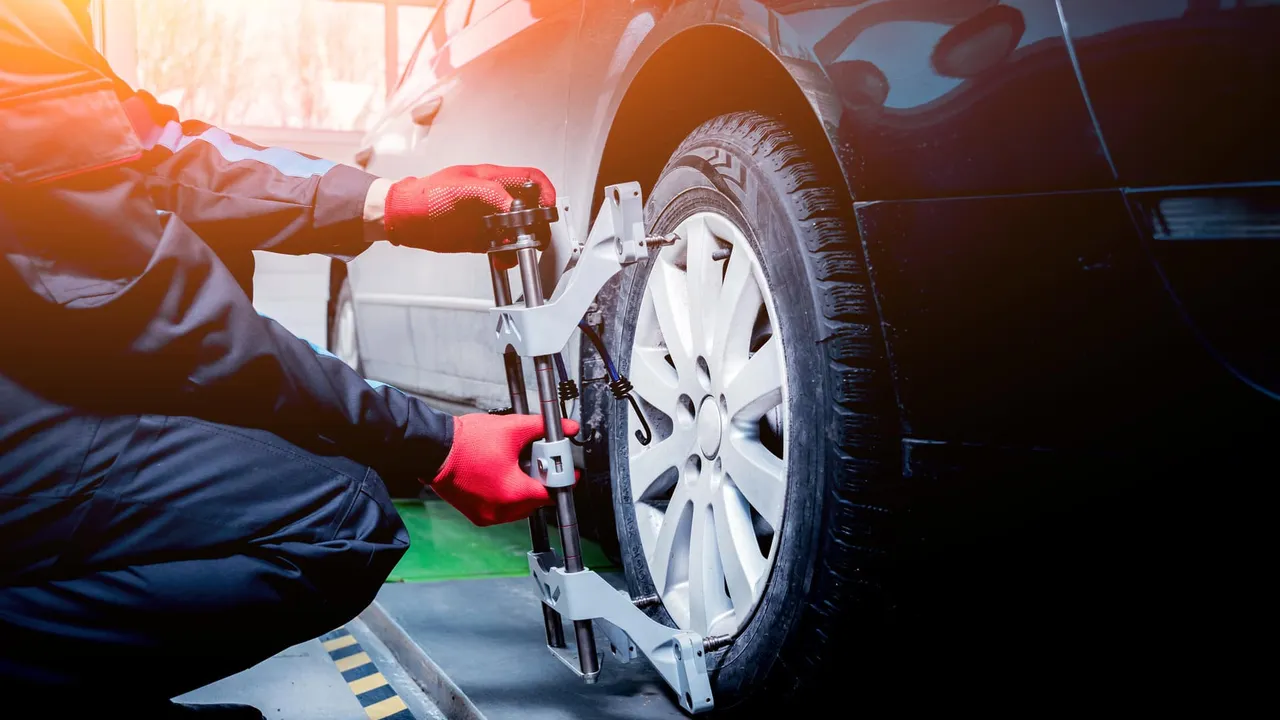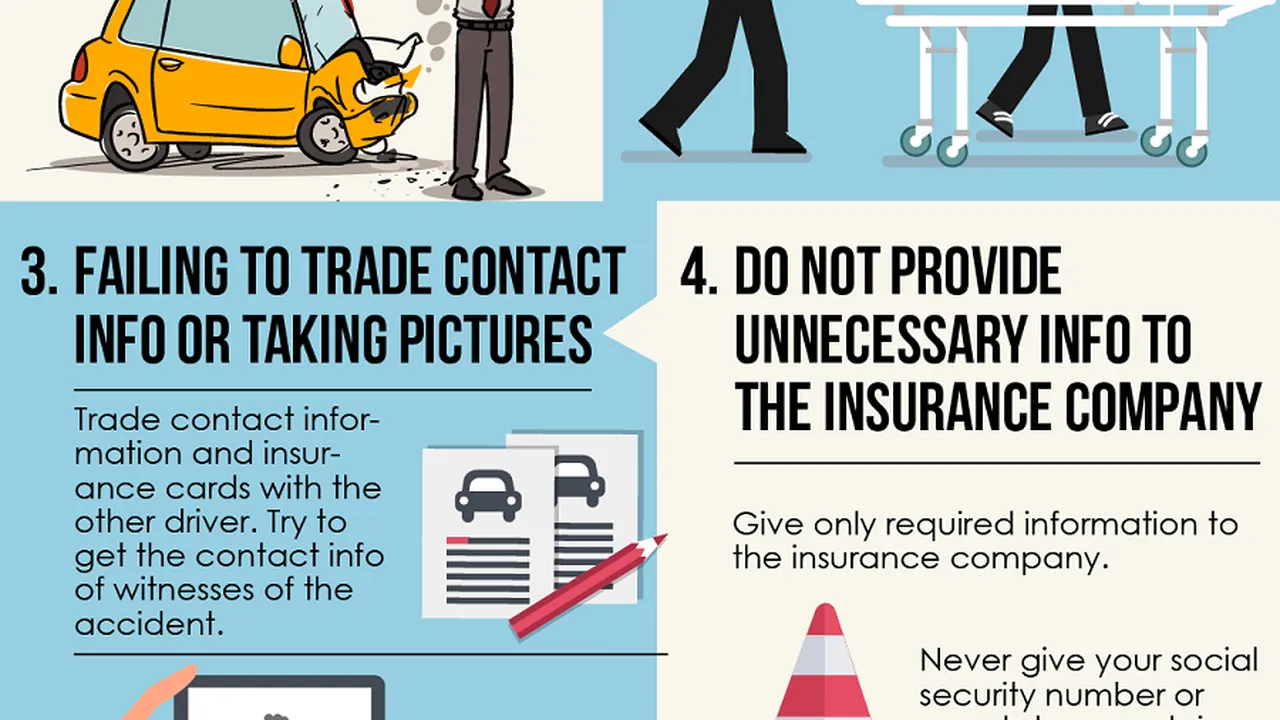Dealing with the Other Driver's Insurance Company

Navigating the Claims Process Key Steps and Initial Contact
Okay, so you've been in an accident, and it's the other driver's fault. Dealing with *their* insurance company can feel like trying to herd cats. First things first: breathe. Seriously. This isn't a sprint, it's a marathon. The initial contact is crucial. You'll want to report the accident to *your* insurance company, even if you're not planning on filing a claim with them. This is called notifying them. Then, you'll be contacted by the other driver's insurance company. They'll likely want to get your statement about what happened. Be careful here! Stick to the facts. Don't speculate, don't admit fault (even if you think you might be partially responsible), and don't downplay your injuries. Just the cold, hard facts.
They might ask you to sign a medical release. Don't do it! This gives them access to your entire medical history, not just the injuries related to the accident. You only need to provide them with records directly related to the accident. Keep meticulous records of all communication – dates, times, who you spoke with, and what was said. This will be invaluable later on.
Understanding Insurance Adjusters and Their Tactics in Car Accident Settlements
Insurance adjusters aren't exactly your best friends. They're employed by the insurance company, and their job is to minimize the amount the company pays out. That's just the reality. They might seem friendly and helpful, but remember their primary loyalty is to their employer. They might try to get you to settle quickly, before you fully understand the extent of your injuries or the damage to your car. They might offer you a lowball settlement, hoping you'll take it just to be done with the process. Don't fall for it! Be polite, but firm. Don't be afraid to say you need time to consider their offer and that you're consulting with an attorney.
One common tactic is to downplay the severity of your injuries. They might say things like, "Soft tissue injuries aren't worth much." This is simply not true. Soft tissue injuries can be incredibly painful and debilitating, and they can require extensive treatment. Another tactic is to dispute liability. Even if the police report clearly states the other driver was at fault, they might try to argue that you were partially responsible. Don't let them bully you. Stand your ground and be prepared to fight for what you deserve.
Documenting Your Damages Property Damage Medical Bills and Lost Wages
Documentation is key! You need to prove the extent of your damages. This includes property damage (the cost to repair or replace your car), medical bills, and lost wages. Get multiple estimates for the repairs to your car. Keep copies of all your medical bills and records. If you've missed work due to your injuries, get a letter from your employer stating how much time you've missed and how much income you've lost. The more documentation you have, the stronger your claim will be.
Don't forget about "pain and suffering." This is compensation for the physical and emotional distress you've experienced as a result of the accident. It's harder to quantify than property damage or medical bills, but it's a legitimate part of your claim. Keep a journal detailing your pain levels, your emotional state, and how the accident has affected your daily life. This can be helpful in proving your pain and suffering.
Negotiating a Settlement with the Insurance Company Understanding Your Rights
Negotiation is a back-and-forth process. You'll start by making a demand, which is the amount of money you're seeking to settle your claim. The insurance company will likely respond with a counteroffer, which will be lower than your demand. You'll then negotiate back and forth until you reach an agreement. Be prepared to compromise, but don't be afraid to stand your ground if you feel the insurance company is not offering you a fair settlement.
It's crucial to understand your rights. The insurance company has a duty to act in good faith. This means they can't unreasonably delay or deny your claim. They also can't misrepresent the facts or the law. If you believe the insurance company is acting in bad faith, you may have a legal claim against them.
Legal Options When Negotiations Fail Hiring a Car Accident Lawyer
If you can't reach a settlement with the insurance company, you may need to file a lawsuit. This is where a car accident lawyer comes in. A lawyer can help you understand your legal options, negotiate with the insurance company, and represent you in court if necessary. Hiring a lawyer can significantly increase your chances of getting a fair settlement.
When choosing a car accident lawyer, look for someone who has experience handling cases similar to yours. Ask about their fees and how they handle expenses. Most car accident lawyers work on a contingency fee basis, which means they only get paid if you win your case. Don't be afraid to interview multiple lawyers before making a decision. Find someone you feel comfortable with and who you trust to represent your interests.
Product Recommendations for Car Safety and Accident Documentation
Alright, let's talk about some products that can help you before, during, and after an accident. Being prepared is half the battle!
Dash Cams: Vantrue N4 vs. Garmin Dash Cam 67W
First up, dash cams. These are absolute lifesavers for proving fault in an accident. I recommend two different models depending on your needs.
Vantrue N4: This is a triple-channel dash cam, meaning it records the front, inside, and rear of your vehicle. It's fantastic for rideshare drivers or anyone who wants comprehensive coverage. It boasts 1440P resolution for the front camera and 1080P for the interior and rear. It also has night vision, parking mode, and GPS. You can usually find it for around $250-$300.
Garmin Dash Cam 67W: If you want something more streamlined and user-friendly, the Garmin 67W is a great option. It records in 1440P with a wide 180-degree field of view. It has voice control, automatically saves footage when it detects an impact, and can send alerts to your phone if your car is bumped while parked. This one goes for around $200-$250.
Comparison: The Vantrue N4 offers more comprehensive coverage with its three cameras, making it ideal for professional drivers or those concerned about interior security. The Garmin 67W is simpler to use and offers voice control, making it a good choice for everyday drivers who want a reliable dash cam without a lot of bells and whistles. Consider your specific needs and budget when making your decision.
First Aid Kits: Surviveware Small First Aid Kit vs. Johnson & Johnson All-Purpose First Aid Kit
Having a well-stocked first aid kit in your car is essential. You never know when you might need it, even for minor injuries.
Surviveware Small First Aid Kit: This kit is compact but packed with essentials. It includes bandages, antiseptic wipes, gauze pads, scissors, tweezers, and more. It's well-organized and easy to access, making it ideal for emergencies. Expect to pay around $30-$40.
Johnson & Johnson All-Purpose First Aid Kit: A classic choice, this kit contains a wide variety of supplies for treating minor cuts, scrapes, burns, and headaches. It's a larger kit than the Surviveware, so it's better suited for larger vehicles or families. You can usually find it for around $20-$30.
Comparison: The Surviveware kit is more compact and better organized, making it ideal for those who want a portable and easily accessible first aid kit. The Johnson & Johnson kit is more comprehensive and offers a wider range of supplies, making it a better choice for families or those who want to be prepared for a variety of injuries.
Accident Documentation Apps: iWrecked vs. Car Accident Report
These apps help you document the scene of an accident, collect information, and generate a report.
iWrecked: This app guides you through the process of documenting an accident, including taking photos, collecting witness information, and generating a report. It also provides helpful tips and resources. It's available for both iOS and Android and is generally free with optional in-app purchases.
Car Accident Report: Similar to iWrecked, this app helps you document the accident scene, exchange information with the other driver, and generate a report. It also includes a built-in flashlight and a compass. It's also available for both iOS and Android and is typically free.
Comparison: Both apps offer similar functionality. iWrecked may have a slightly more user-friendly interface, while Car Accident Report includes a flashlight and compass. Try both and see which one you prefer.
Remember to Stay Calm and Informed During the Insurance Claim Process
Dealing with the other driver's insurance company can be frustrating, but remember to stay calm, document everything, and understand your rights. Don't be afraid to seek legal advice if you need it. Good luck!
:max_bytes(150000):strip_icc()/277019-baked-pork-chops-with-cream-of-mushroom-soup-DDMFS-beauty-4x3-BG-7505-5762b731cf30447d9cbbbbbf387beafa.jpg)






